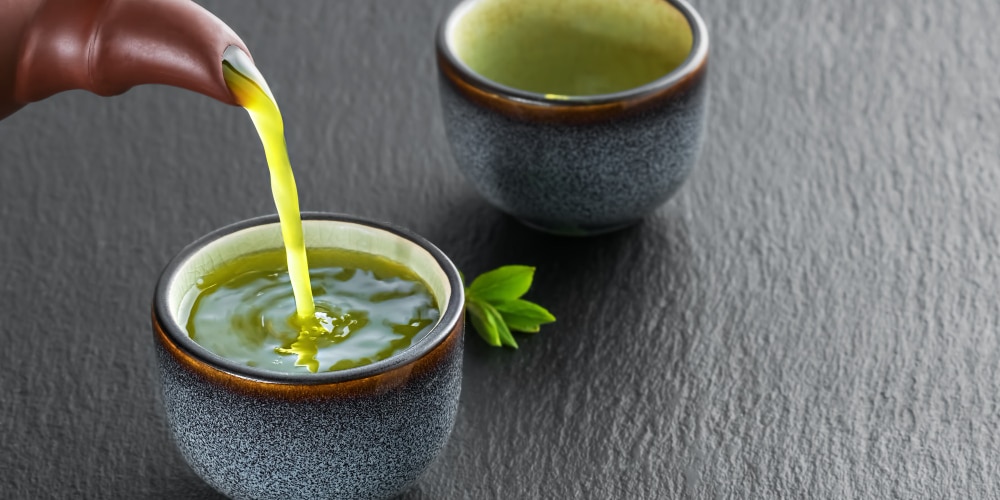Vibrators or lipsticks? How India’s sex toys navigate legal gray areas
Under Section 292 of the Indian Penal Code (IPC), which governs obscenity laws, the sale, exhibition, advertising, import, or export of sex toys is frequently restricted on the grounds of obscenity
Author
Author
- admin / 1 year

- 0
- 3 min read

Author
While there is no explicit legal provision in India barring the sale of sex toys, the lack of clear judicial guidelines has created a gray area, leaving businesses to navigate complex legal terrain.
Companies often label sex toys as “massagers” to sidestep potential legal issues, but this practice raises concerns about consumer protection and could increase the risk of import penalties due to misclassification, a latest Lancet study finds.
Under Section 292 of the Indian Penal Code (IPC), which governs obscenity laws, the sale, exhibition, advertising, import, or export of sex toys is frequently restricted on the grounds of “obscenity.” This provision has been invoked to limit such products, though the definition of “obscenity” remains subjective and varies widely depending on moral perspectives.
“The determination of what constitutes obscenity is subjective, often based on varying moral perspectives,” the study says. “This lack of judicial clarity exacerbates issues related to the importation and marketing of sex toys.”
“These laws also affect the types of sex toys available to consumers, as most sellers resort to offering only vibrators, which can be disguised as everyday items like lipsticks or pens,” the study adds.
The researchers used an online questionnaire-to estimate the extent of sex toy use in Indian adults, explore user experiences, analyse the relationship between sex toy use and demographic factors, and examine the correlation between sex toy use and general sexual satisfaction.
The study revealed that 98.5% of 2071 adults aged 18–44 were aware of sex toys, showing growing openness to sexual exploration in India despite its conservative culture.
“This was also observed through the reported use of sex toys by 40·56% of participants in both solo and partnered sex,” the study says.
“Indian adults who were 25–44 years old were about twice as likely to use sex toys than those aged 18–24 years. Usage of sex toys was significantly higher in cisgender women, non-cisgender individuals, and people identifying as non-heterosexual/queer,” the study adds .
According to the study, a significant number of participants shared positive experiences, “highlighting the role of sex toys in understanding orgasms, promoting sexual arousal, and enhancing pleasure.” Some participants also expressed negative experiences “such as feelings of inferiority, insecurities, and physical health issues.”
Major concerns, the participants pointed out, primarily revolved around social taboos, judgments, and challenges related to privacy, accessibility, and awareness. The findings underline the diverse range of perspectives on sex toys, and emphasize the importance of addressing social stigmas.
“These challenges highlight the urgent need for legislative reforms, including the creation of a separate category for sex toys within the Harmonized System of Nomenclature (HSN) codes (a system for the systematic classification of goods all over the world) and the establishment of clear guidelines for their marketing and sale, ensuring that they are safe, free from harmful chemicals, and not detrimental to consumers’ health.,” the study explains.
Also read: Sex education isn’t cause of promiscuity, irresponsible behaviour: Supreme Court – First Check
Do you have a health-related claim that you would like us to fact-check? Send it to us, and we will fact-check it for you! You can send it on WhatsApp at +91-9311223141, mail us at hello@firstcheck.in, or click here to submit it online.









